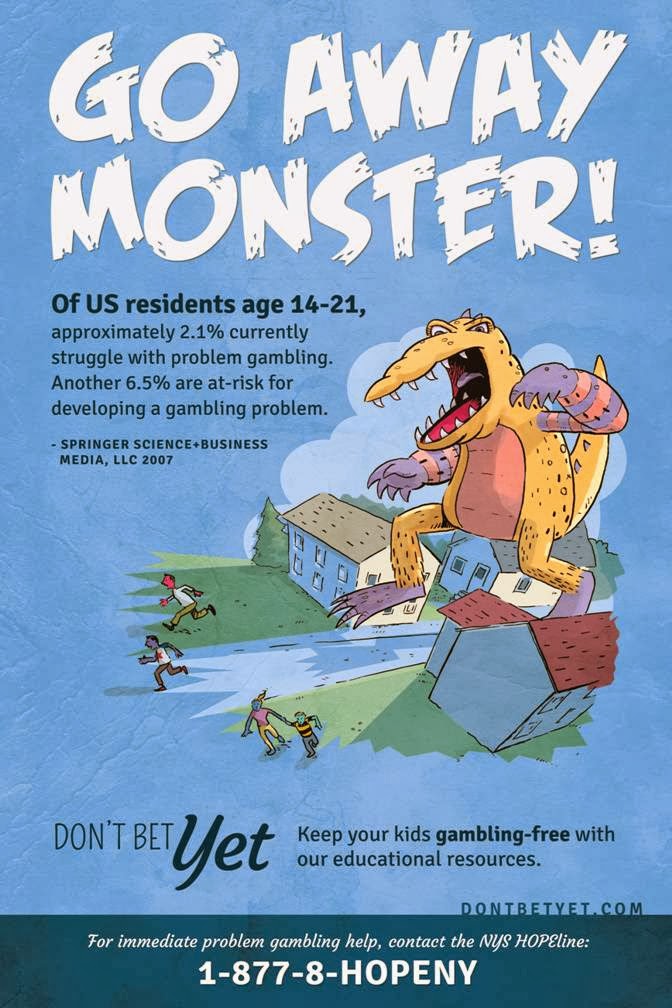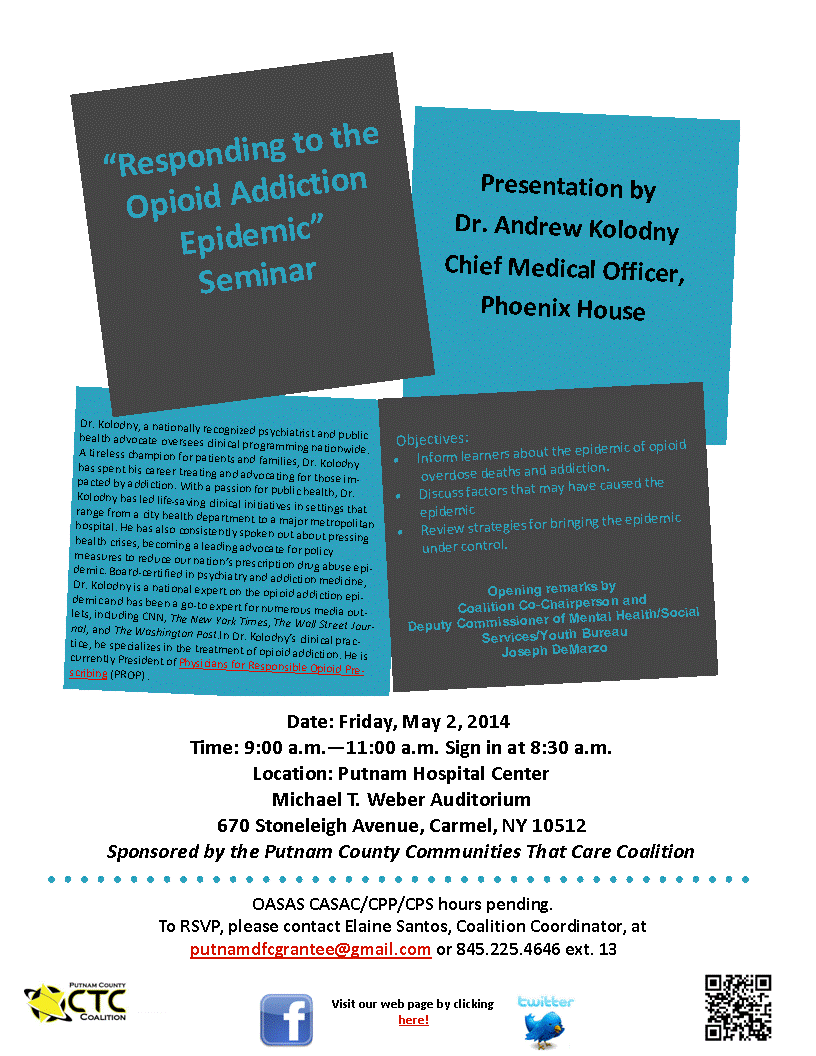Did you know that less than half of parents ever discuss
gambling issues with their teen and that only 13 percent of parents believe
that their teen actually gambles for money?
The reality is that kids from all social backgrounds
gamble at home, a friend’s house, or school with friends, family, relatives,
and siblings. In most cases, their parents will actually buy their lottery
tickets. They play cards, sports betting, lottery, and the Internet, where most
money is spent in on-line gambling. In New York State, 48% of 7-12th
graders reported they had gambled in the past year. In Putnam County, 44.3% of
8-12th graders reported they had gambled in the past year.
Youth
Gambling International found young adults from 18 to 21 are three times more
likely to have problems associated with gambling. In NYS approximately 140,000
adolescents have had problems due to their gambling. An additional 10% of youth
in NYS are at risk for problem gambling.
Youth are exposed to gambling now more than ever before
and they think it is normal. Fortunately, children also indicate that they
would turn to their parents for help if they ever experienced problems with
gambling. That is why parents play a crucial role in educating their kids about
gambling and its risks of addiction. Visit www.putnamncadd.org/gambling to
find out more about problem gambling and how to talk to your kids about this
growing concern.
On March 4, 2014, the Putnam County Legislature will pass
a Proclamation for Problem Gambling Awareness Month. The goal of this
awareness month is to educate the general public and health care professionals
about the warning signs of problem gambling and raise awareness about the help
that is available both locally and nationally.
The National Council on Alcoholism and Other Drug
Dependencies/Putnam will be offering parent outreach and education services
related to youth problem gambling as part of a statewide initiative to spread
awareness. The
project focuses on raising awareness through face to face parent education sessions,
information dissemination, and through various advertising efforts including
web, television, and print. For more information and referral services, please
call 845-225-4646.




